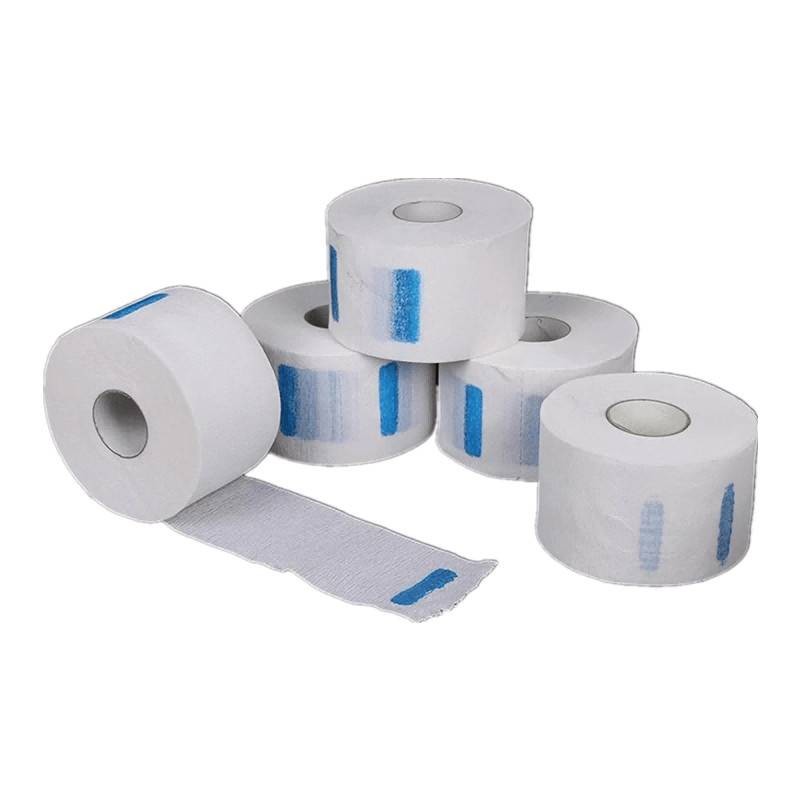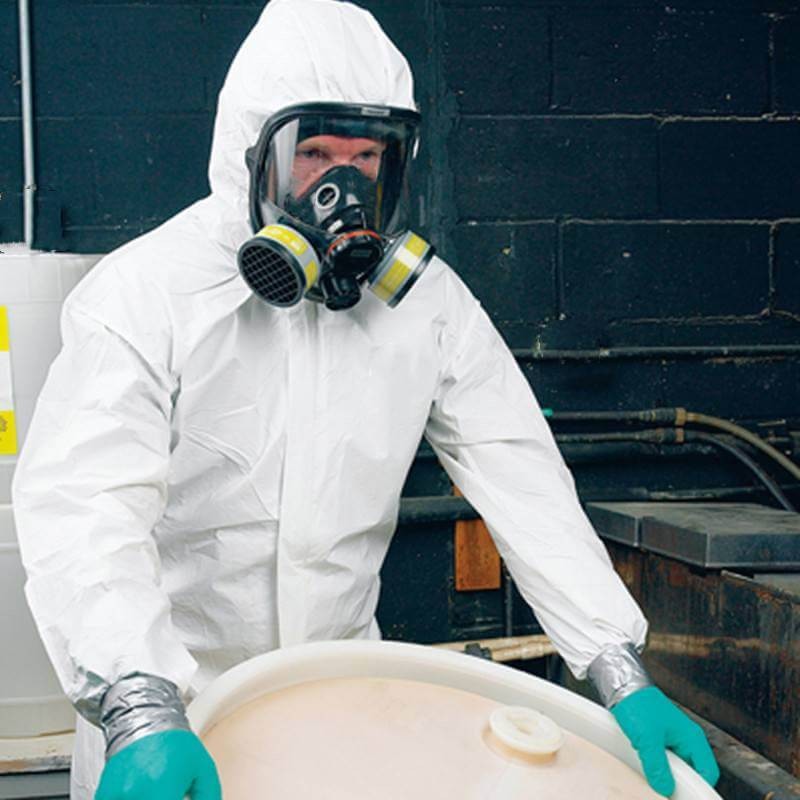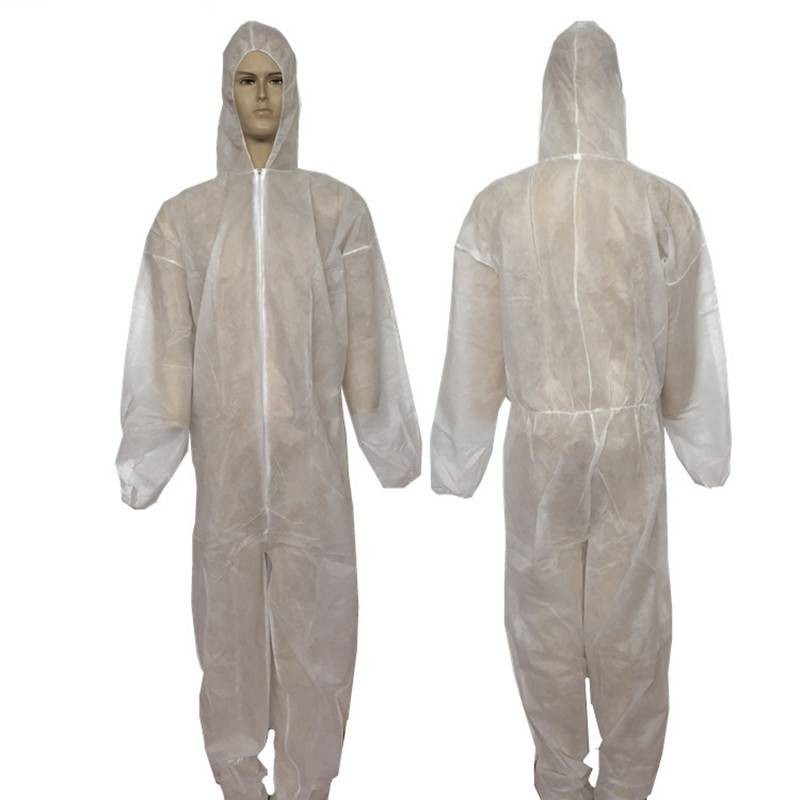Medical protective clothing refers to the protective clothing used by medical personnel who enter a specific medical and health area. Its function is to isolate germs, harmful ultrafine dust, acid and alkaline solutions, electromagnetic radiation, etc., to ensure the safety of personnel and keep the environment clean.
Development History:
More than 100 years ago, in order to prevent microorganisms from invading the sterile operating room and protect patients from infection by bacteria carried by medical staff, hospitals began to use special surgical protective coverall.
In 1952, William C. Beck pointed out that the material of surgical gowns should be able to block the ingress of liquids. In the past, surgical gowns had the ability to prevent the penetration of bacteria when they were dry, but they could not resist the invasion of bacteria when they were wet.
During World War II, the US military developed a high-density woven fabric treated with fluorocarbon and benzene compounds to enhance its waterproof performance. After the war, civilian hospitals began to use these fabrics as fabrics for medical microporous coverall.
Since the 1980s, with the deepening of human understanding of HIV, HBV, HCV and other blood-borne pathogens, people have paid more and more attention to the risk of infection by medical staff in the process of treating patients. Therefore, countries have begun to develop medical protective clothing. The protective clothing industry has been booming. Especially during the SARS outbreak in 2003, there were constant cases of medical staff being infected, making people aware of the importance of self-protection.




